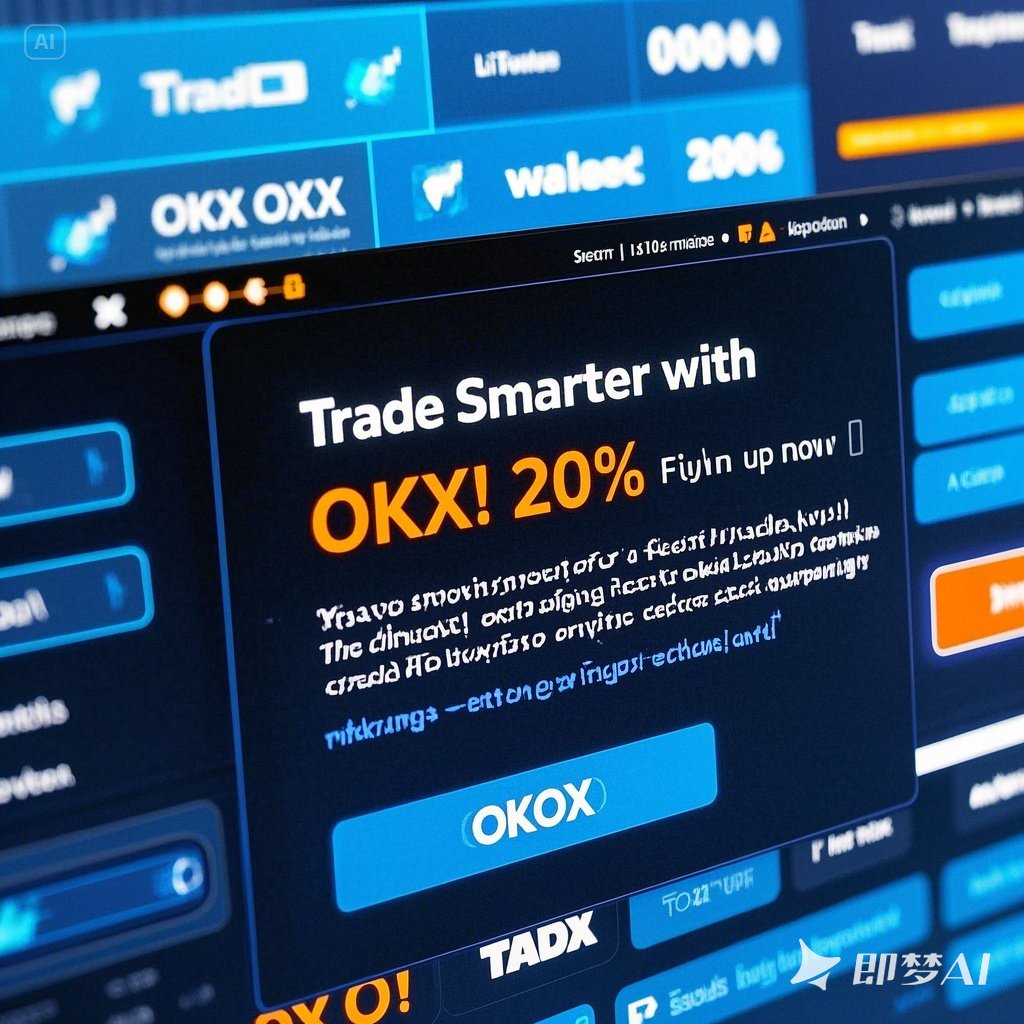WTI Crude Oil Price Nears $63 as Natural Gas Struggles at $3.75 – Key Market Volatility Signals for Traders
Introduction to Crude Oil and Its Types (Brent vs. WTI)
Introduction to Crude Oil and Its Types (Brent vs. WTI) < < ul { list-style-type: disc; margin-left: 40px; }
Overview of Major Oil and Gas Producing Regions Worldwide
Oil and natural gas remain vital components of the global energy landscape, powering economies and driving industrial growth. Understanding the key regions responsible for their production is essential for grasping the dynamics of the global energy market. Below is an overview of some of the most significant oil and gas producing areas around the world.
Middle East
The Middle East dominates the global oil and gas industry due to its vast reserves and strategic location. Countries such as Saudi Arabia, Iran, Iraq, Kuwait, and the United Arab Emirates are among the largest producers. The region holds approximately 47% of the world’s proven oil reserves and accounts for nearly half of global crude oil exports. Saudi Arabia alone controls about 18% of the world’s total oil reserves and is home to the world’s largest oil field, Ghawar. The Middle East also plays a critical role in natural gas production, with Qatar being one of the top exporters of liquefied natural gas (LNG).
North America
North America has experienced a remarkable resurgence in oil and gas production, thanks to advancements in hydraulic fracturing and horizontal drilling technologies. The United States is now the world’s largest producer of both oil and natural gas, surpassing Russia and Saudi Arabia. Key regions include Texas, which hosts the Permian Basin, the most prolific oilfield in the U.S., and North Dakota’s Bakken shale formation. Canada is another major player, particularly through its oil sands operations in Alberta. Mexico has also seen renewed interest in its oil sector after recent reforms.
Russia and Central Asia
Russia stands as the largest oil producer in Europe and the third-largest globally, trailing only the U.S. and Saudi Arabia. Its vast reserves span multiple regions, including Western Siberia, Eastern Siberia, and the Caspian Sea basin. Kazakhstan, Azerbaijan, and Turkmenistan are other notable players in Central Asia, contributing significantly to regional output. These countries have become important suppliers of oil and gas to Europe and Asia, with pipelines like the Baku-Tbilisi-Ceyhan route facilitating exports.
Latin America
Latin America hosts several prominent oil and gas producing nations, led by Venezuela and Brazil. Venezuela possesses some of the largest proven oil reserves in the world, though political instability has hindered full exploitation. Brazil, meanwhile, has emerged as a rising star in offshore exploration, with massive discoveries in its pre-salt fields. Other countries like Colombia, Argentina, and Mexico contribute to the continent’s overall production levels.
Africa
Africa is increasingly becoming a focal point for global energy companies seeking new opportunities. Nigeria and Angola are currently the leading oil producers on the continent, while Algeria remains a dominant force in natural gas. Recent discoveries off the coasts of countries like Mozambique, Tanzania, and Mauritania have positioned Africa as a potential hub for LNG exports. The continent’s untapped resources suggest that it could play a larger role in meeting future energy demands.
Asia-Pacific
While not traditionally known for large-scale oil production, the Asia-Pacific region includes several emerging players. China, India, and Malaysia are among the largest producers in the area. China’s rapid industrialization has driven its domestic oil and gas industries, although it still relies heavily on imports. Indonesia was once a major oil exporter but has transitioned into a net importer in recent years. Australia has become a significant exporter of LNG, leveraging its abundant natural gas reserves.
Conclusion
The distribution of oil and gas resources across the globe underscores the interconnectedness of international energy markets. Each region brings unique challenges and opportunities, shaped by factors such as geology, technology, politics, and infrastructure. As global demand continues to evolve, these producing regions will remain at the heart of efforts to ensure sustainable energy supplies for generations to come.











